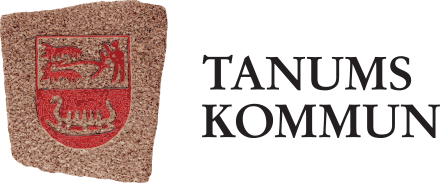- Startsida
- Uppleva & göra
- Mötesplatser
- Fjällbacka Kaj
- English Fjällbacka Kaj
Fjällbacka quay
This has long been a gathering place - from cold baths and calling steamships to loading quays for the important herring industry.
The area has changed over the decades, today is the quay a beautiful and popular place where everyone can enjoy the sea. As early as 1858, bathing tourists were offered salty and allegedly beneficial baths in floating tubs, so-called Beachside “pools” here. The area was called Planarne (the flat surface).
In the 1890s, a cold bathhouse was built and when the road was extended, a block-stone wharf was laid as a foundation. A piling pier was built at the southern end for steamboat traffic, while the northern part was used as a loading dock for e.g. the herring industry.
During the 1930s, the classic "Bryggdansen" arose with a leafy dance floor and local musicians on the steamboat wharf. Even today there is "Bryggdans" in Fjällbacka in the summer.
In 1958, a larger concrete quay was inaugurated for loading and unloading herring barrels and later also timber and fertilizer.
The quay has long been and still is a valued destination for beautiful sailboats from all over Europe. The granite quay you see here today was inaugurated in 2022.
The Sculptur "TANGO"
The stone industry became a significant industry in Bohuslän in the 1860s. Large quantities of paving stone were shipped from Fjällbacka and around Fjällbacka there are many remains the quarries.
After the Second World War, however, industry did not come up and running again. Many of the fishermen who became unemployed after the herring period 1877-1906 were schooled in to stone masons i.a. with the help of settled Portuguese. The stone was struck chords and the work was tough in the cold and windy Bohus mountains.
Peder Istads, creator of Tango's own words: For generations, the sea has been the most important way of life in Fjällbacka. Fishing and stone industry sounds like two different worlds, here they have lived in an inseparable symbiosis with shipping and the sea as common denominators. Extraction of granite is probably the one that has left its clearest and most visible traces in the environment and landscape. The tracks stretch all over the world, all the way to the streets of Buenos Aires.
In the cargo brought back came plants but also tangos that got attached to the dance floors in the Bohuslän archipelago.
Tango is carved from red tranås granite, gray housing granite and diabase from Skåne.
